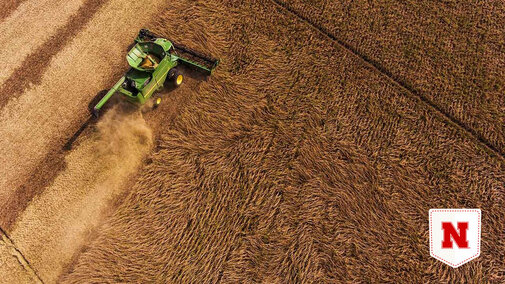The following is an excerpt from Pocket Science, a University of Nebraska-Lincoln feature that offers a glimpse at recent research from Husker scientists and engineers. For those who want to quickly learn the “What,” “So what” and “Now what” of Husker research.
What?
In the late 2010s, a mysterious pest — one that came to be identified as a new species of gall midge, Resseliella maxima — began infesting the soybean fields of Nebraska and neighboring states. Since then, the tiny but deadly fly has spread to at least seven Midwestern states, threatening the yields of the region’s second most common crop.
Nebraska’s Justin McMechan and colleagues helped determine that R. maxima eats its way from the fringes of a soybean field, where yield losses can sometimes surpass 90%, to the center. The Husker researchers later used high-speed video to verify that R. maxima adults lay eggs in soybean fissures that reside just a few centimeters above the soil — and emerge around the time that a plant is sprouting its second leaflet. Those eggs hatch into larvae that feed on the tissue within.
So What?
To date, no cost-effective strategies have shown themselves capable of deterring R. maxima. McMechan and colleagues from the Department of Entomology decided to test the potential of hilling, which involves covering the base of a plant — in this case, soybean and its fissures — with surrounding soil. That soil, their thinking went, might prevent R. maxima from infiltrating the fissures and laying its eggs inside.

